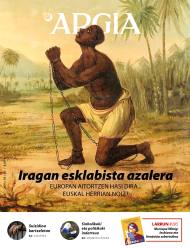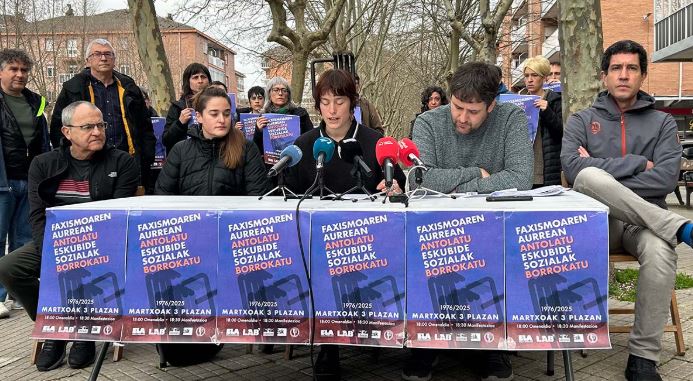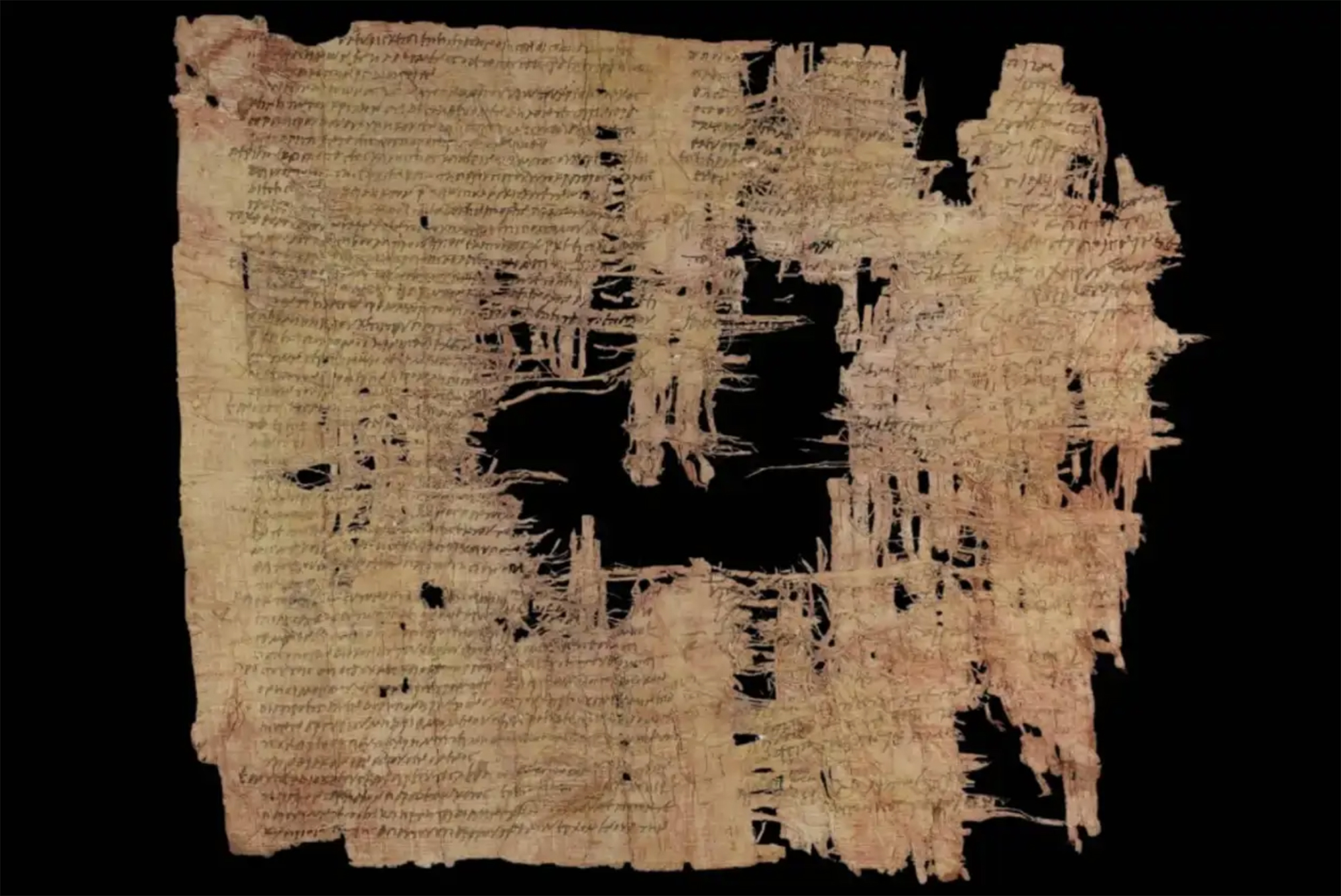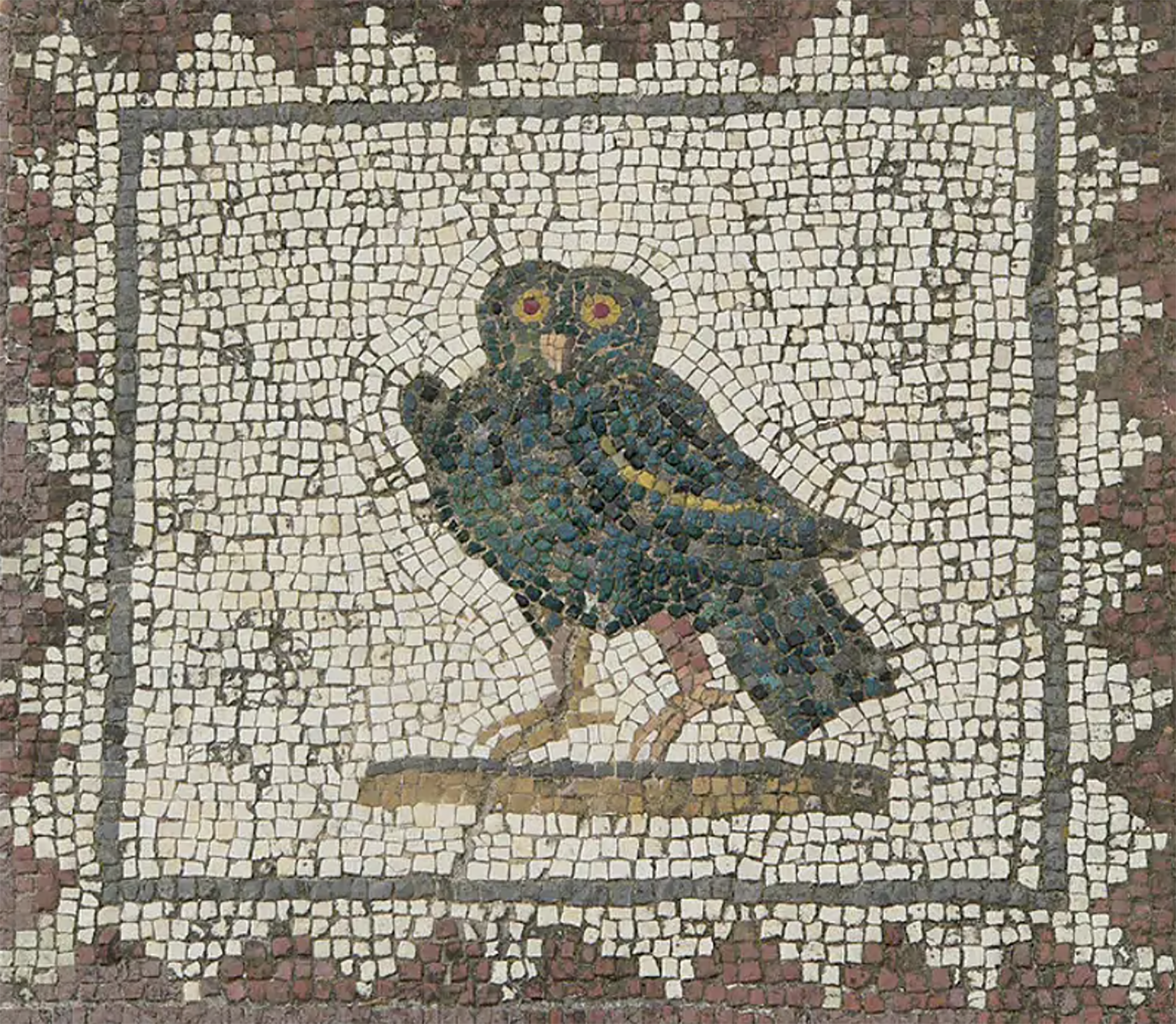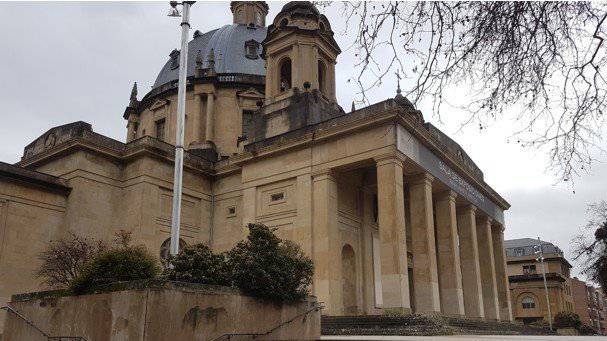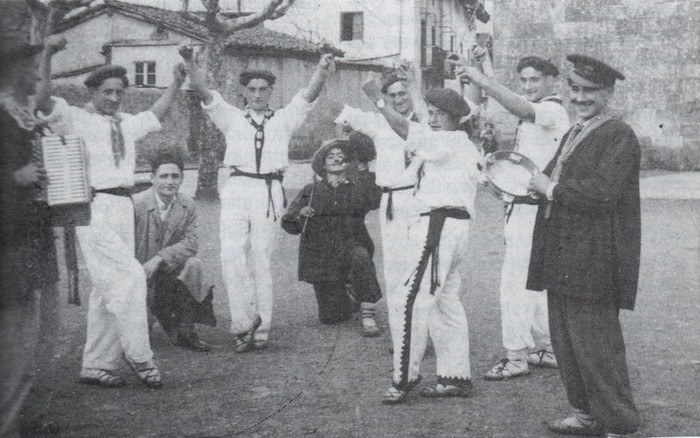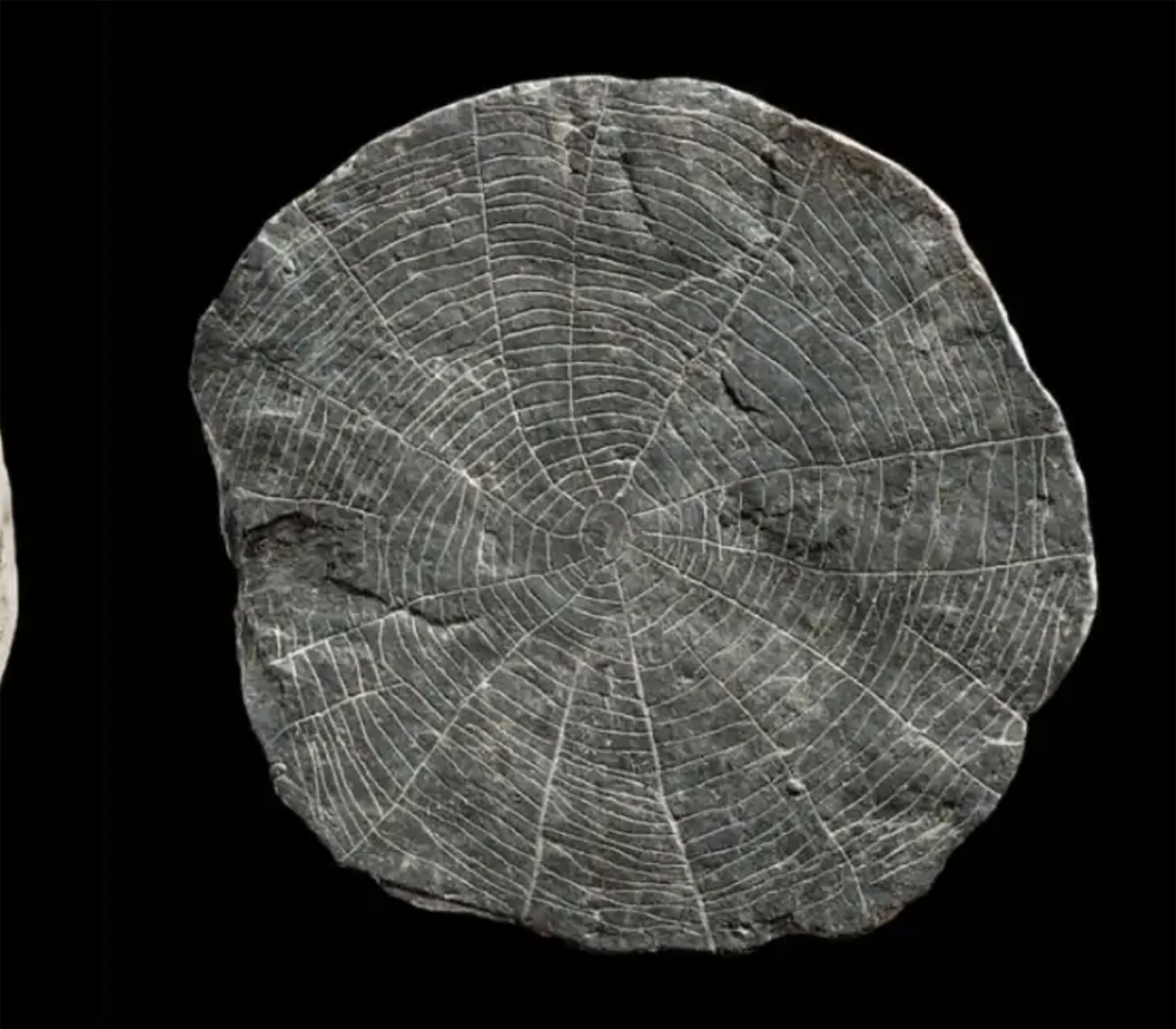The dark past questions the present wealth
- That Europe was enriched by slavery is not a secret. For centuries millions of people were transported from Africa to America, and cocoa, sugar and cotton produced through this exploitation were one of the main sources of capital for economic development in cities such as Liverpool, Barcelona or Bordeaux. We have long ignored this past, but movements like the Black Lives Matter have brought the matter to the surface and the controversy is now boiling. However, despite its close relationship with the global slave trade, little is said about it in the Basque Country.
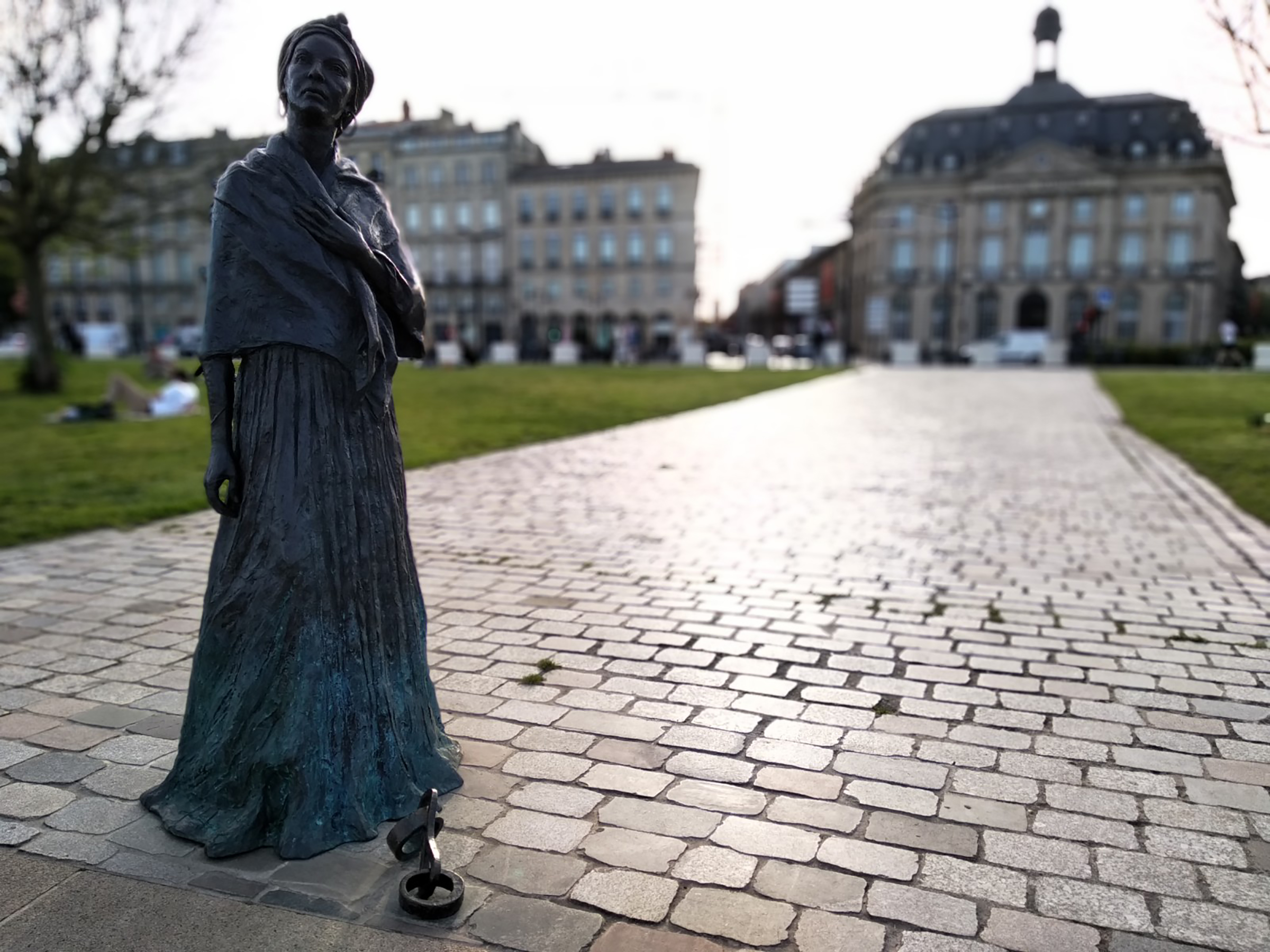
On March 28, the newspaper The Guardian published a news item that went around the world. Its owner built a mea culpability and announced measures to repair the damage caused by the creators of the newspaper for its connection with slavery, including allocating 11.4 million euros to communities of slaves of cotton and sugar in America. The Guardian was founded by
Manchester businessmen who, like the newspaper, devoted themselves to the English textile industry by exploiting maritime traffic and human exploitation, despite the abolition of slavery.
The debate in the United Kingdom is boiling, especially since in 2020 the American citizen George Floyd died under the knee of the police and opened protests. Many claim that the economic conditions for the industrialization of the country arose at the expense of slavery, and that this debt must be settled in some way. What happened to the statue of the slave Edward Colston of Bristol, who ended up in the pier underwater, served to bring up the issue. Today the image of Colstón is framed in a museum, lying and painted in graffiti, by popular decision.
The Guardian launched an independent investigation to learn more about the business of its founder, John Edward Taylor and others. Businessmen set up an extensive network of companies to import cotton from Sea Islands, South Carolina, Georgia -- and in some cases they were landowners. This is the case of George Philips, who, when they abolished slavery in 1833, sought compensation for the “loss” of slaves owned by Jamaica.
Many say that the economic conditions for the industrialization of England arose at the expense of slavery.
Even if it sounds like a lie, the people of the United Kingdom have been compensating the slave owners for almost two centuries for the abolition of slavery until 2018. In this way, the money continued to flow from English commercial and industrial cities.
Also in Liverpool, pulling the past
The main English ports are home to the constructions and traces of the slave past. Liverpool, for example, was a small fishing village of 5,000 inhabitants in 1700, a century later controlled 40% of the world’s slavery, and in the 1780s alone, boats taken from Liverpool transported 300,000 Africans to America. All the merchants in the city had some connection with the sale of slaves, including several mayors. The data is displayed on the Bitesize website, created by the BBC public network to complete the High School curriculum.
“Liverpool is a city fully built with the slave trade. You can see it in our architecture, in the names of the streets, where you look,” explains Laura Pete, director of the museum network National Museums Liverpool. This network covers several museums in the city, including the International Slavery Museum, which opened in 2007. With the passing of George Floydena, his 600 workers began working to end the racism that still exists in museums in Liverpool.
In the United Kingdom the matter has reached many institutions. The Bank of England has opened an exhibition showing the link between this financial institution and slavery. You can see, among other things, the inventory of 599 scorias I had in a plantation of the island Granada of the Antilles, children and adults, with the name of each and the price they served in cash. “The wealth generated by slavery shaped the development of Britain,” explains the presentation of the exhibition.
And of course, this story has also peppered the British monarchy. In the electronic newsletter Cotton Capital, which The Guardian sends weekly about the ongoing research, it can be read that in Gil III.ak he signed in 1689 a document with which Colston purchased 1,000 shares of the Royal African Company dedicated to the sale of slaves. This document has been discovered by historian Brooke Newman and is now writing a book explaining the close relationship between British monarchy and slavery.
These days the Royal House of the United Kingdom has published a note in which it says that it “has great pain for so many sufferings” and that it will support a new investigation to clarify what happened. However, it does not appear that the newly crowned Charles III would have been the cognac of his celebration gone from the throat against the thread of this scandal.

Towards Catalonia
In this context, it is no wonder that the British newspaper has addressed Catalonia, a country in which it has been trying for some time to highlight its past slavery, as demonstrated by the fact that the Barcelona City Hall has removed the statue of the merchant and slave owner Antonio López. Negrers, broadcast on TV3 by journalist Stephen Burgen of The Guardian. He writes in the line of the documentary “La Catalunya slave”.
The documentary creates a farce. When the public chain issued its record on February 14 with a 21% hearing, and on the same day of its premiere, the Minister of Equality of the Generalitat of Catalonia, Tània Verge i Mestre, announced that they will take steps to repair the victims of slavery.
Based on a study by the journal Sapiens, published in the special issue of November 2022, the documentary reveals that many lords and traders in Catalonia were enriched for decades by the sale of slaves, “a trade that financed much of the industrialization of Catalonia and the constructive expansion of the 19th century in Barcelona,” says Burgen. Two centuries later, more and more public figures and historians believe that it is time for Spain and Catalonia in particular to face their colonial past.”
.jpg)
The Basques also in the global business
And do the Basques have anything to do with that evolution of Liverpool or Barcelona at the expense of slavery? It is known that many of the Basque characters enriched with the sale of slaves in the 19th century brought their capitals to Barcelona – these are the most prominent cases of the centenary Pedro Nicolas Chopitea and the lekeitio Agustín Goytisolo – but many others settled in Liverpool, such as Murrieta, Lizardi and the Larrinaga families.
British abolitionists wanted to show that the zulueta scientifically transported slaves on their travels from Chickens to Havana
The Larrinaga family, emigrated from Mundaka, was well known in the English city, and we know that its members were dedicated to human trafficking... Ask the black man who asked for a letter of freedom in 1850, Benigno Larrinaga, slave of businessman Antonio Larrinaga: “Committed to the declaration of the Negro himself,” according to a national document of the National History of Madrid.
Surname Zulueta is much better known in these accounts. Alavés Julián Zulueta, considered the last largest slave, participated in slavery with his London relative, Pedro Juan Zulueta, through the bank company Zulueta & Co. In return, the London Zulueta invested thousands of reais in the sugar waves of Cuba and exploited thousands of slaves.
Pedro Juan Zulueta was also a banker of Queen María Cristina Borbón. He ran his business from London City and had warehouses in London and Liverpool, Barcelona, New Orleans and Bilbao. In 1841 his son Pedro José was prosecuted at the Old Bailey General Court or Zigor of London for slave trade with the company Zulueta & Co. The British fleet captured a slave transport boat on the Hens River in West Africa, in present-day Sierra Leone, and apparently the name of Zulueta appeared in the documentation. The scandal was such that a committee was set up in the British Parliament to investigate the case. On journeys from Chickens to Havana, abolitionists presented evidence that the zuluetes transported scientifically slaves, in some cases 1,100 slaves on a single boat.
But Pedro José was free and he never saw the prison inside. Years later, he sold the goods of Cuba and brought to Europe what he earned to invest in the industry of Liverpool and Manchester or in the urbanism and banks of the late 19th century in Barcelona.

"Am not I a man and a brother?"
“Am I not a man and brother?” says the legend of this painting that we bring to the surface. Built towards the end of the 18th century and with an unknown author, it is not any image, since the abolitionist movement constantly used it for its cause. Either to decorate boxes of tobacco, jewelry or medallions, since many versions of black were made with hands tied with shackles.
Despite the intention of abolitionists, the image can give a passive aspect to the African slave who accepts his destiny. But, as explained from the Liverpool International Slavery Museum, most of the leaders who at that time promoted the fight against slavery were black abolitionists. The painting work has recently been purchased and restored by the museum and is now exposed.
Bordeaux, slave town
The United Kingdom and Catalonia are not the only ones discussing the past and economic development based on human exploitation. In the United States and the French state, they also don't know what to do with this big backpack.
On 7 April, 220 years passed since the death of Toussaint Louverture, leader of the Haitian slave revolution in 1791, for many the most important politician of the time and precursor to the abolition of slavery. In Bordeaux, Mémoires & Partages paid tribute to the revolutionary before his sculpture at the Queyries pier. “Hidden for decades, the legacy of Toussaint Louverture has numerous material and immaterial vestiges that testify to the memory related to the fight against racism and equality,” said the members of the association. It is no accident that one of the few acts of tribute to the Louverture was organised in Bordeaux. Isaac Louverture lived in Bordeaux until his death, and is buried in his cemetery.
But if Bordeaux is connected to Haiti, it is the one established by the slaves’ shackles. After Nantes, it was the second French city to ship more slaves from Africa to America. According to various sources, from 1672 to 1837, 500 expeditions left Bordeaux and 150,000 slaves were taken, most of them to Haiti.
The past slavery in Bordeaux is strange to many, but its traffickers were in continuous contact with the sailors of Baiona
Walking around the docks of Garona is enough to become aware of the colonialist odor that the city brings. In the Chartrons neighborhood, for example, you can see the elegant houses and palaces built after the slavery of the merchants, as if we were in Havana in the 19th century or in the Cap-Français of the 18th century. Gradually, initiatives have been launched to make these avenues visible. Mémoires & Partages organizes a guided tour in which the City of Bordeaux has created a website with a virtual visit to discover the most significant places.
There is a lot to learn at the Aquitaine Museum
In recent years, steps are also being taken on the street. Five streets that bear the name of several men enriched with slavery have been added an explanatory plate – according to Mémoires & Partages, the same should be done for twenty other streets. And in 2019, on the second centenary of the abolition of slavery, the statue of the Modeste Testas slave was inaugurated near the Plaza del Quinconces.
Testas was born around 1765 in an African country and its original name was Al Pouessi. She was bought by François and Pierre Testas from Bordeaux and transferred to her land of Saint-Dominguez for domestic work and as a sexual slave. After the death of his owners he was free and lived for many years in Haiti.
Anyone who wants to know more about the meaning of slavery in the richness of the nineteenth and current century of Bordeaux has to go to the Museum of Aquitaine. One of the most important history museums in the French State has had a fixed exhibition on slavery since 2016. Many of the dreadful strokes of this past, like the one paid for a slave: 172 spoons of glass clam, or a hundred kilos of powder, or six hundred liters of alcohol…

Another document contains a kind of navigational letter from an 18th-century boat, with the quantity, price and gender of slaves purchased at each African port: negres, negresses, negrillons, negrillons… And there is a great spectacular rifle that reflects very well the massacre of Europeans in Africa. This type of rifle was used, as well as for exchange, to increase conflicts between African tribes, and slave hunting; Europeans sold 300,000 rifles on the black continent. Without the arms industry, it is difficult to understand this story.
So close and so far…
The past slavery of Bordeaux strangers many, but it is closer to Euskal Herria. In Baiona and San Juan de Luz they also did business with slavery, either through shipbuilding or by directly trafficking in humans. In the 18th century, at least ten expeditions from Baiona left Africa in search of slaves, according to a report made in his day by historian Jean Mettas. Mémoires & Partages has also organised, on occasion, guided tours in Baiona to show the traces of this activity.
The Bordeaux traffickers were in constant contact with the Baiona seamen. Many signs appear in the intense and interesting book Bordeaux port négrier (“Bordeaux, the port of black traffickers”), written by historian Eric Sauger in 2002. For example, there is Bayonese Pierre Harambide, who in 1803 runs a 300-ton boat on the island of Goreé with 200 sailors and buys and sells black people.
According to Saugea, although in other cities traffic stopped quite a bit, in Bordeaux they continued in the 19th century sending boats to Africa in search of slaves. And at that time, the so-called slaves played a special role. In the kingdom of Spain slavery was abolished in 1821, and the illegal trade in men, although more dangerous, brought greater benefits to the slaves. Many found a safe haven in Bordeaux, and also in Hego Euskal Herria.
Among them is the resident Juan José Zangroniz, who in 1814 moved to Baiona and then to Bordeaux under the name of Jean-Joseph. During these years Zangroniz, who transported slaves mainly to Havana, stood out as a slave, and thanks to Sauge’s investigation we know that he organized at least eight trips from Garona to the coast of Senegal. He put names like Télemaque, Penelope, Ulysse, etc. It seems he liked mythology. Expeditions were also initiated from Bilbao and other coastal cities in Cantabria (see table page 29).
Zangroniz's first expedition from Bilbao to Africa on the boat 'Flora'
We know the wealth of human traffickers in Liverpool, Barcelona or Bordeaux and the imprint of slavery in these cities. But coastal cities in Euskal Herria were also the starting point for similar expeditions. The first ship sent directly from the docks in Bilbao to the African shores looking for slaves was called Flora. Organized by Etxebarria merchant Juan José Zangroniz, the boat left the Nervión estuary in 1816 with Captain Manuel Karranza at the helm.
For this purpose, on behalf of the house Lemonauria and Pérez de Bilbao obtained permission or passport from the hand of Fernando VII.aren, “destined to that of the Equinoctial line, for the purchase and purchase of blacks to Havana” (“South of the equinoctial line, to buy blacks and go to Havana”), says the royal decree.
In Havana, Juan Bautista's brother was waiting for office. It wasn't the first time that the Zangronese had taken slaves to Havana. In 1814, 182 slaves were transported to Cuba, but we do not know the origin of this expedition. Subsequently, they continued to organize more expeditions, from Santander, A Coruña or Bordeaux, among others, in boats such as Mulato, Negrito or Vengador.
Juan José and Juan Bautista Zangroniz were the paradigm of men who joined slavery in the nineteenth century. In the present Sierra Leone Peak or in the Gallinas River, the services of the well-known trafficker and pirate Pedro Blanco were used, and Juan Bautista himself closely followed the business on the African coast.
In the 1850s and 1860s, the company of the Zangroniz brothers participated in the slavery of the Chinese and Indians of the Yucatan peninsula. In 1861 one of his boats, The Union, exploded and sank in the Gulf of Mexico when the slave was full of Mayans. This boat was discovered in 2017 by archaeologists who have recently brought out their story. Many of the Mayans were children and sold for 160 pesos in Havana.
And what are we going to do in Euskal Herria?
Relations between the Basques and slavery are evident. Recently, in Getaria, in Iturritxiki, the 313 brass rings, on a 16th-century Flamenco boat, are also a sign of it; they were a kind of coin to buy slaves in Africa. More and more research and initiatives have explained these types of stories in recent times, due to the pain of the issue.
In June last year, the UPV/EHU and the Pompeu Fabra University organized a symposium in Bilbao entitled Memories of Slavery, in which they highlighted the participation of many businessmen of Basque origin, not only in the black trade, but also in Chinese human trafficking. Anunzero Julian Zulueta, resident Juan José Zangroniz, Portuguese Manuel Calvo, laudioarra José Matía and many more participated in this work in Havana, Cádiz or Manila. Laudio moved the strands of the latter city of the Philippines by hand with Danish trafficker James Tait, in the Chinese city of Xiam, to hand transport thousands of “workers” coolie to Cuba or Peru.
Matía has a street in the Old Town of San Sebastian where the foundation is currently based. In fact, several buildings of the widening that modified the urbanism of this neighborhood received money of dark origin, such as the Satrustegi tower, paid by Patricio Sastrustegui, partner of the slave scientist Antonio López. In Bizkaia, the founders of 19th century factories and banks did not miss the opportunity to enslave or take advantage of the work of the slaves, as did José Antonio Ibarra with the Santurzano Hunter, or as did Tomás José Epalza, founder of the Bilbao Bank, with Cuban businesses.
Last March, the Ego Ibarra association, at the request of the students themselves, organized a conference cycle on slavery at the BHI Institute in Eibar. The professor of Contemporary History, Joseba Agirreazkuenaga, spoke clearly to the students: “Obtaining documents is difficult, therefore, with care, but instant wealth is not born from morning to night, and trafficking in Africans was one of the ways. Where are the benefits channelled? There we have a debate to do.” He says it is necessary to explore and investigate the origin of the goods: “Debt and responsibility are in our charge.”
While in other countries research commissions are being created to make all this visible and taking steps for recognition, the silence still exists in the Basque Country by public institutions. Did the industrialisation of the Basque territories, which was one of the most important at European level, have nothing to do with slavery? Where did you then raise capital to finance blast furnaces, banks and railways?
In the Maszycka cave in Poland, remains of 18,000 years ago were found at the end of the 19th century. But recently, human bones have been studied using new technologies and found clear signs of cannibalism.
This is not the first time that a study has reached this conclusion,... [+]
Porzheim, Germany, February 23, 1945. About eight o’clock in the evening, Allied planes began bombing the city with incendiary bombs. The attack caused a terrible massacre in a short time. But what happened in Pforzheim was overshadowed by the Allied bombing of Dresden a few... [+]
Judea, 2nd century AD. In the turbulent atmosphere of the Roman province, a trial was held against Gaddaliah and Saul, accused of fraud and tax evasion. The trial was reported on a 133-line paper in Greek (pictured). Thinking that it was a Nabataean document, the papyrus was... [+]
Poloniar ikerlari talde batek Sevillako Italica aztarnategiko Txorien Etxea aztertu du, eta eraikinaren zoruko mosaikoak erromatar garaiko hegazti-bilduma xeheena dela ondorioztatu du.
Txorien etxean 33 hegazti daude mosaikoetan xehetasun handiz irudikatuta. Beste... [+]
Vietnam, February 7, 1965. The U.S. Air Force first used napalma against the civilian population. It was not the first time that gelatinous gasoline was used. It began to be launched with bombs during World War II and, in Vietnam itself, it was used during the Indochina War in... [+]
Archaeologists have discovered more than 600 engraved stones at the Vasagård site in Denmark. According to the results of the data, dating back to 4,900 years ago, it is also known that a violent eruption of a volcano occurred in Alaska at that time. The effects of this... [+]









